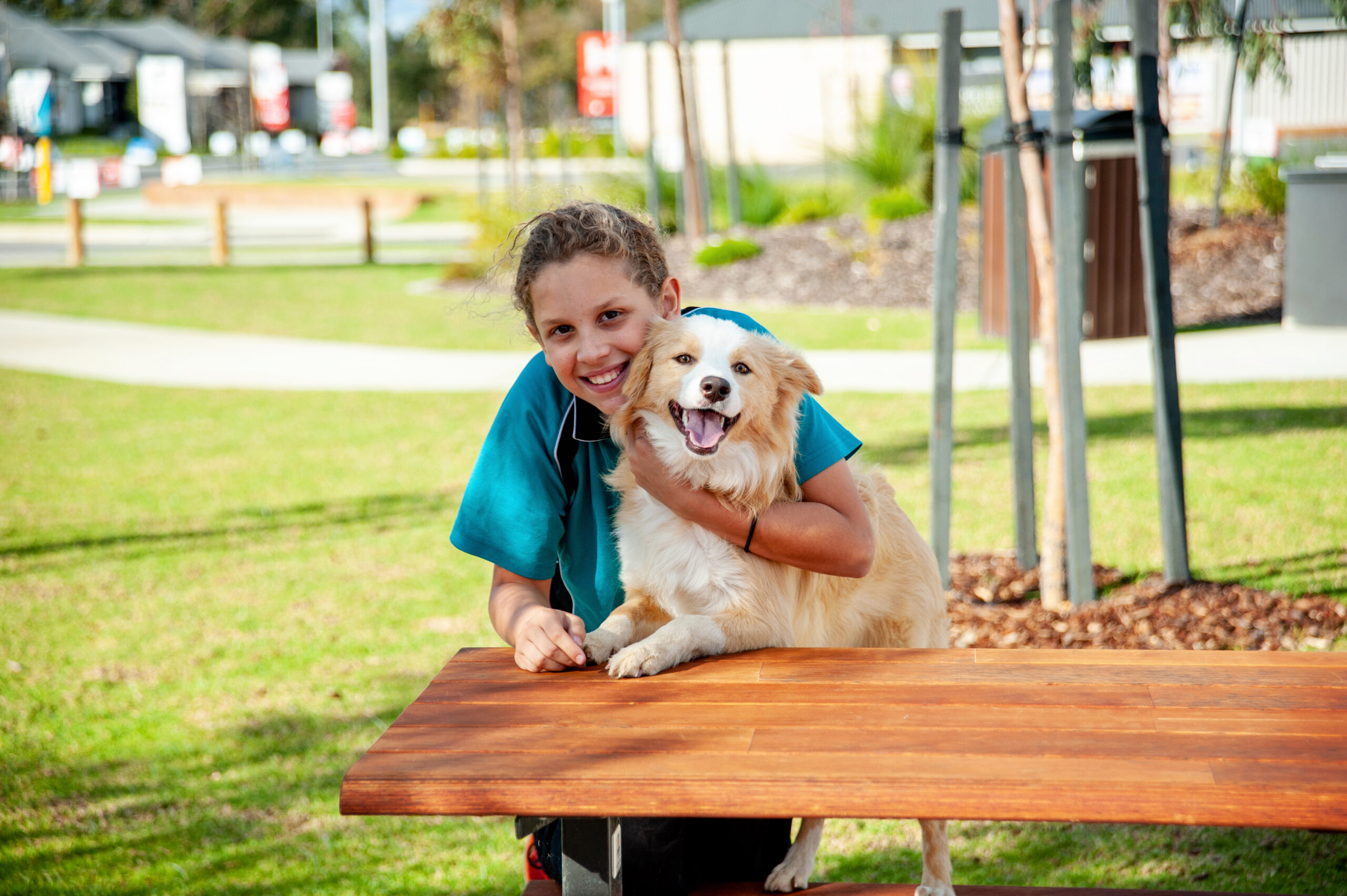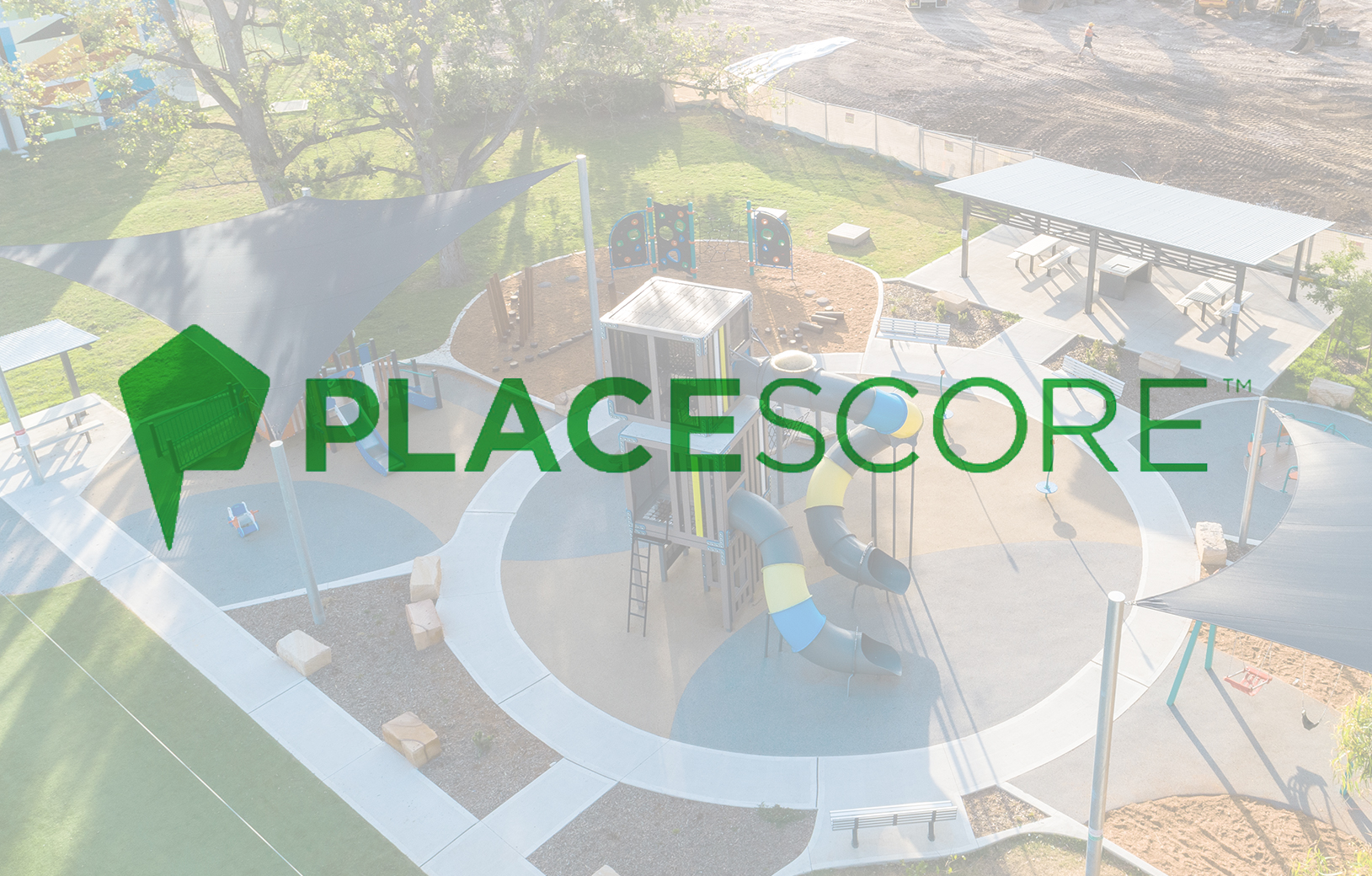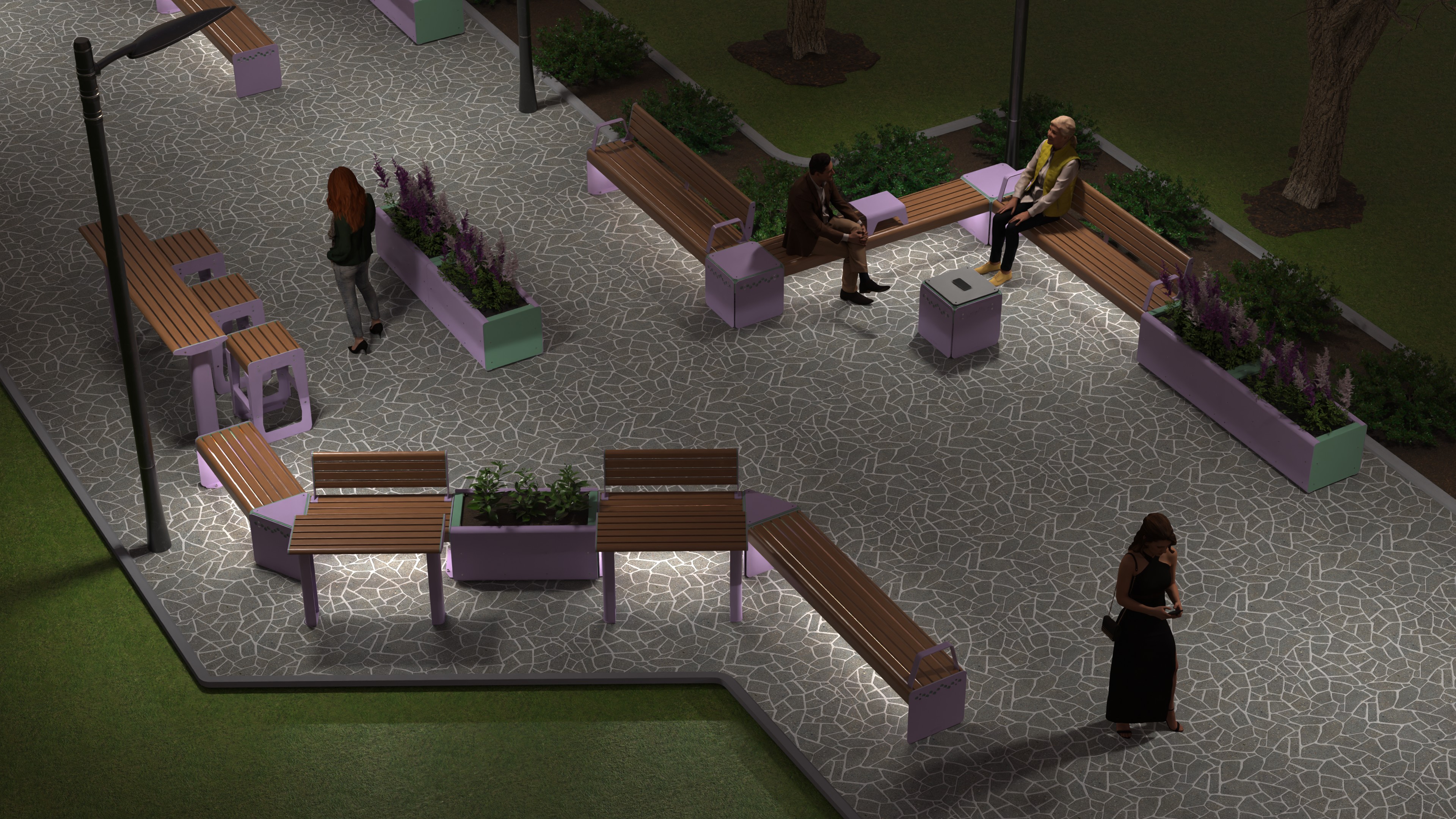October 14, 2025
In a day and age where working hours take up so much of our day, it is important that our public spaces and parks are designed to accommodate the needs of Australian communities by being open at night.
Our parks and public spaces are sanctuaries that we can retreat to after work and school in order to socialise, eat, drink, relax and engage in activities. The benefits gained by engaging in outdoor activities and removing ourselves from the pressures of a working environment are exponential, and include both improved overall wellbeing and improved community safety.
The benefits of being outdoors
Studies have shown that spending just two hours a week outdoors can provide significant improvements on physical and emotional wellbeing. For many people navigating the daily grind, it can be difficult to find this kind of time, especially when weekends are so packed with social activities, grocery shopping and getting some much needed rest.
Keeping parks open at all hours means that any individual in any type of job can find the time to spend outdoors. Even if an individual was to spend just 20 minutes going for a brisk walk around the park before or after work, they would reach the two-hour weekly quota. By engaging in physical exercise and building a relationship with nature, the overall health and wellbeing of the individual is significantly increased, and can reduce the possibility and severity of depression and anxiety.
These benefits in particular are very apparent in the growth and development of children. Having parks open for recreation after school hours means that kids can participate in extracurricular sports and other activities, thereby reaping the benefits of improved cognitive development and overall happiness.
Improved community safety
It is a common occurrence in Asia (at least in pre-COVID times) to see people of all ages gathered in parks as late as midnight with picnics and parties. These gatherings, going on well into the morning hours, allow for people to socialise and be outdoors, and also provide significant improvements to community safety. Cities such as Tokyo and Seoul are known to be some of the safest in the world, especially at night, with people out and about at all hours. In fact, in 2019, Tokyo was named the ‘Safest City to live in’ by the Economist Intelligence Unit.
In other parts of the world, the benefits of keeping parks open at night was seen clearly after the decision was made to keep Central Park open 24/7 in the early 80s. Crimes declined steadily from 731 cases in 1981, to 37 in 2001, and to just 17 by 2014.
In order to see significant improvements in how our parks are used at night, we need to make our greenspaces more family-friendly by improving public value and investing in more night-time programming.
Cynthia Nikitin, senior vice president at the non-profit Project for Public Spaces in America, says that activates like “Night-time basketball, movies in the park, ice skating in the dark and fireworks…give [communities] the option to be in a safe place with other people.”
In 2010, the Los Angeles County parks department started the ‘Parks After Dark’ program, which aimed to make parks safer by introducing evening activities. It began with three parks and has since expanded to over 30 locations. A study of the project in 2017 concluded that “95% of those who participated in 2016 said it improved the community’s relationship with local authorities and among neighbours. Seven in 10 participants who [initially] described their neighbourhoods as ‘unsafe’ reported that they felt safe attending those programs.” Researchers also estimated that, by reducing crime, it saved the county nearly $6 million in law enforcement costs that year.
As Australia continues to recover from the effects of COVID-19, it is now more important than ever to invest in developing our parks and public spaces to be open and active at night, thereby giving people the best possible opportunity to reap the many benefits, and improve overall community safety and wellbeing.
At GX Outdoors, we design Australian made park furniture that supports inclusive, well-lit, and family-friendly public spaces. From solar lighting kits and park shelters to public seating and BBQs, our durable and accessible products help councils and designers create vibrant outdoor environments that encourage community wellbeing long after sunset.



 Back to News
Back to News 


